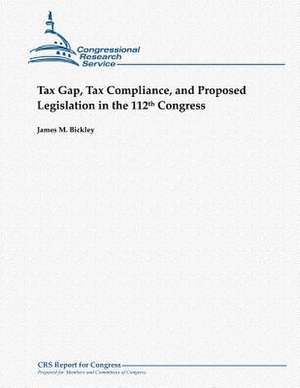Tax Gap, Tax Compliance, and Proposed Legislation in the 112th Congress
Autor James M. Bickleyen Limba Engleză Paperback
Preț: 92.61 lei
Nou
Puncte Express: 139
Preț estimativ în valută:
17.72€ • 18.55$ • 14.66£
17.72€ • 18.55$ • 14.66£
Carte disponibilă
Livrare economică 15-29 martie
Preluare comenzi: 021 569.72.76
Specificații
ISBN-13: 9781481071505
ISBN-10: 1481071505
Pagini: 24
Dimensiuni: 216 x 280 x 1 mm
Greutate: 0.08 kg
Editura: CREATESPACE
ISBN-10: 1481071505
Pagini: 24
Dimensiuni: 216 x 280 x 1 mm
Greutate: 0.08 kg
Editura: CREATESPACE
